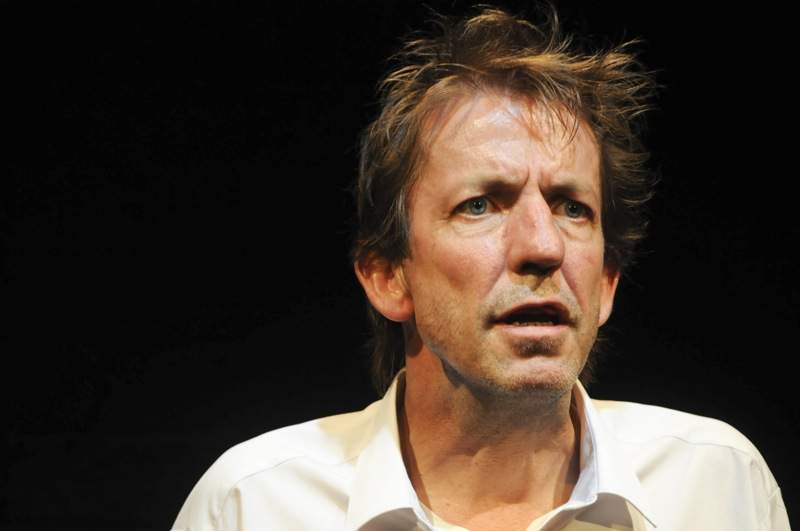The End
The End is the story of the demise of a man. Alone, without purpose, this unnamed man is contained within the existentialist void, nothingness, hovering around the (literally represented) light of his existence. He is difficult, insane, unlikable and resists all attempts at kindness. At the same time, he is subject to unjustifiable cruelties, which […]
Overview
The End is the story of the demise of a man. Alone, without purpose, this unnamed man is contained within the existentialist void, nothingness, hovering around the (literally represented) light of his existence. He is difficult, insane, unlikable and resists all attempts at kindness. At the same time, he is subject to unjustifiable cruelties, which he accepts in exactly the same way as kindnesses. In this play, Samuel Beckett overwhelms our critical judgment to present insanity as the only sane response to an insane world, an absurd existence which has no reprieve.
Discussing 'the play' as Beckett intended is no accident: the Beckett estate is notorious for exerting pressure to ensure that productions conform strictly to the author's intention. Many will remember a notorious clash between Beckett's nephew Edward Beckett and Neil Armfield over Company B's production of Waiting for Godot. When chastised for his inclusion of "illegal" music, Armfield famously labelled the Beckett estate "the enemy of art".
Eamon Flack's production of The End, on the other hand, is one which we imagine both Becketts certainly would have approved of. This is not at all to suggest that the play was "almost without direction", as I overheard one audience member comment; instead, it is a testimony to the imagination and arduous labour necessary to stage such a strong, compelling and moving production.
Flack's direction works stunningly with Teegan Lee's lighting design to embody the 'void' and the character's struggle within and against it. Lee's subtle lighting surrounds actor Robert Menzies with defined black shadows, occasionally blurring and blending these to echo the character's confusion. At moments, cold white light pins Menzies to his stage marker, a small taped cross, or gently releases him into the inky blackness. Reductive movement places an emphasis on Menzies' physicality, and his control is nothing short of breathtaking. From the moment he steps (literally) through the door, the audience is captivated — even when we are completely alienated from the character, a simple gesture can make us laugh or fill us with shame.
In its creative take on suspension, timelessness and the surreal, this production is a powerful, unique and intimate presentation of The End and Beckett's work as a whole.
Image by Heidrun Löhr.





